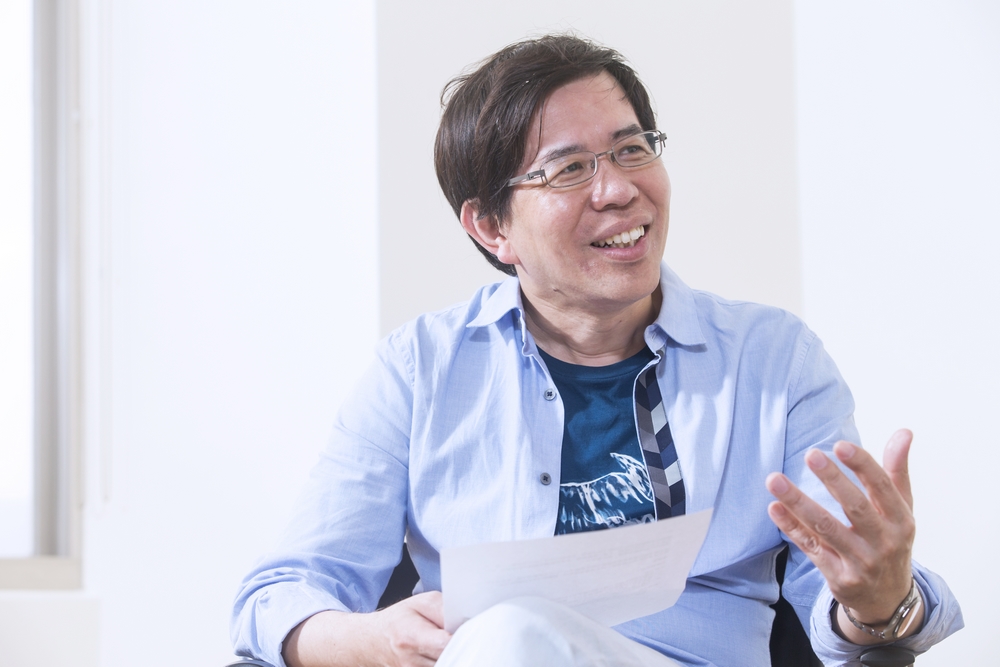全球化時代來臨,國際間的交流日益頻繁,不管是政府機關、大專院校或跨國公司,皆積極舉辦國際會議、工作坊或跨國業務會議。筆者從本期開始將以專欄的方式,為大家介紹與國際會議有關的實務英語學習內容。今天為大家介紹的是英文書信的基本架構,透過實際範例說明幾個實用的句型與單字。學會這些句型,就能順利踏出國際溝通的第一步!
秀玟任職於文明顧問公司,最近公司承接文化部一個文化創意產業案子,必須在今年年底前舉辦一場「創意產業人才發展新趨勢」國際研討會,預計邀請三位國外學者來台灣,與國內的產官學界進行交流與對談。秀玟為國立大學外文系畢業,是本案的PM,必須獨力與國外學者聯繫與洽聘。秀玟接下如此重要工作,感到非常開心,覺得自己的能力可以好好發揮,然而,到底要如何寫出一封正確且不失禮的英文邀請函呢?
實用句型介紹
一、 On behalf of + Noun(機關名稱), S+ V
On behalf of 加上機關名稱,中文意思為「謹代表OOO(公司或機關)」。
【例句】
On behalf of Asus, Taiwan, it is my pleasure to welcome you to our office.
(本人謹代表華碩台灣總部,誠摯歡迎你們的到訪。)
二、 S + V…, V-ing
在英文主要子句「主詞+ 動詞」結構的後面加上Ving,通常表示前面主要結構的含義,會影響後面的事件或是延續前面主要結構的動作及行為。在英文書信撰寫上經常可以看到這樣的句型。
【例句】
We are organizing an international symposium, inviting distinguished scholars and specialists to share their visions and inspiring concepts with our suppliers and customers.
(我們正在規畫一場國際研討會,邀請知名學者及專家來分享他們的遠見,並給予供應商及顧客一些觀念上的啟發。)
打動收信人的小技巧
邀請函是單位或公司與國外學者專家或廠商聯繫的第一步,同時影響受邀者對台灣的第一印象。一封格式正確、語言使用恰當的邀請函不僅可展現主辦單位的專業度與國際化,亦有助於提升國外講者的來台動機。
一、寫下SMART 的信件主旨
現今社會,大家都非常頻繁地使用電子郵件聯繫,很多知名的學者或專家一整天可能會收到50 封以上的郵件。因此,信件主旨相當重要,主旨標題若取得不恰當,講者很容易忽略此信,甚至直接丟到垃圾桶。寫主旨時應盡量符合SMART 原則:具體的(specific)、有意義的(meaningful)、適當的(appropriate)、切題的(relevant)、體貼的(thoughtful)。國際會議邀請函的標題建議可採用“Speech Invitation from Taiwan”或“Invitation to International Symposium”。
二、寄給邀請人被退信怎麼辦?
很多單位或公司都會把專家學者個人簡歷與聯絡方式標註在網頁上,但有時會被退信。如果找不到其他聯絡方式,建議可以將邀請函寄給該人士任職單位或公司。
三、 寄件者該用誰的名義?
一封代表單位的邀請函,寄件者應該使用長官或主管名義,還是承辦人呢?專案承辦人員應該很清楚,若使用單位長官或主管名義發信,通常必須需要經過內部簽呈作業,在程序上較為複雜。然而,在洽聘國外講者的過程有很多變數。因此,在最初邀請函中,建議使用承辦人名義進行聯繫,等到國外講座確定接受邀請後,再以主管或長官名義寄發正式邀請函。
【範例】
Yours faithfully,
Wendy Lin
For JOANNA HSU,Director-general
此外,亦可以將承辦人的名字寫在上方,主管姓名寫在下方,並在主管或長官姓名前面加上for或pp.(per procuration 的縮寫),代表「委任、授權」之意,這也是一個好方法。
英文書信的7個基本架構
1. 稱呼語(Salutation)
Dear Professor Chris Bilton,
稱呼語為寄信者對收信者的稱呼,一般來說為「Dear+職稱+收信者姓名」,例如Dear Professor Schmitt/Dear Director Chen/Dear President Douglas。如果不知道收信者的職稱或無特殊職稱,亦可使用Dear Mr. Schmitt/Dear Ms. Chen/Dear Mr. Douglas。
中文書信習慣在稱呼語後方加上冒號,請注意英文書信稱呼語的後方習慣加上逗號(,)。
2. 引言(Introduction)
On behalf of Ministry of Culture, I am writing to invite you to be a speaker at our International symposium on The Emerging Trends in Talent Development for creative Industry, held by Ministry of Culture, Republic of China (Taiwan) on September 10-11, 2015.
英文書信的首段為引言,通常是闡述此信的目的。國際研討會邀請函的撰寫上,第一段建議直接敘明您代表某某單位或公司邀請收件者參加國際會議,一併點出會議主題、地點與日期。
3. 細節(Details)
The Ministry of Culture is a major government agency for preserving and promoting Taiwan’s cultural and artistic heritage and we also help businesses and communities grow by investing in innovation. This year, we are organizing an international symposium focusing on the issues of talent development for creative industry, inviting local and international distinguished scholars in cultural and creative industries and related disciplines to share their visions and inspiring concepts with our civil servants. You have been highly recommended to be our honorable guest in this symposium.
This symposium will be attended by more than 200 officials of central and local governments of Taiwan. You will be expected to give a 1 hour keynote speech and, later, to join a 20-mjn panel discussion with other scholars and experts. The agenda (draft) is attached for your reference. The detailed one will follow after all the speakers are determined.
You will be offered business round-trip tickets, transportation and accommodation during your 3-4 day’s stay, and an honorarium of TWD 20,000 (about US $666) for your 1 hour presentation and the panel discussion.
細節部分通常承接首段的引言,進一步提供更多、更詳細的訊息。一般來說,邀請國外學者或專家來台灣時,細節部分必須包含背景資訊、工作內容與工作條件等三項內容,並分段說明。
4. 回應或行為(Response or Action)
Please kindly let us know whether you will be willing to attend the symposium during the scheduled days. Once again, it is our great honor to invite you to Taiwan. It will be greatly appreciated if you could reply this invitation by 15th March 2015.
此部分是延續細節內容,希望收信者做出回應或採取特定行為。國際會議的邀請函,建議註明期望收信者回覆的期限。
5. 結語(close)
For any further questions, don’t hesitate to email me. I would be happy to discuss any details in the following communication.
結語通常是簡單的一句話,為細節、回應與行為兩部分做簡單的總結。可以使用 “A prompt reply would be greatly appreciated.”,期望對方盡速給予回覆。亦可使用 “Please let me know if you need any further information.”,鼓勵對方提出問題,俾利進行後續溝通。
6. 結尾敬辭(Complimentary close)
Sincerely,
結束信件的正文時,英文書信習慣加上結尾敬辭。如果收信者為已知的特定人士,結尾敬辭建議使用Sincerely/Yours sincerely。
7. 寄件人姓名及頭銜(Name of sender and designation)
Wendy Lin
Senior Officer
Dept. of Cultural & Creative Development
Ministry of Culture
Taiwan
結尾敬辭下方應註明寄件人的姓名、頭銜與單位名稱。寄件人的姓名可以全部大寫或開頭字母大寫,頭銜則置於姓名下方,最下面則是任職單位與機關的英文名稱。(本文由陳超明、許瑞娟共同撰寫)
About陳超明
姓名:陳超明
經歷:台灣全球化教育推廣協會理事長、實踐大學應外系暨創意產業博士班講座教授

